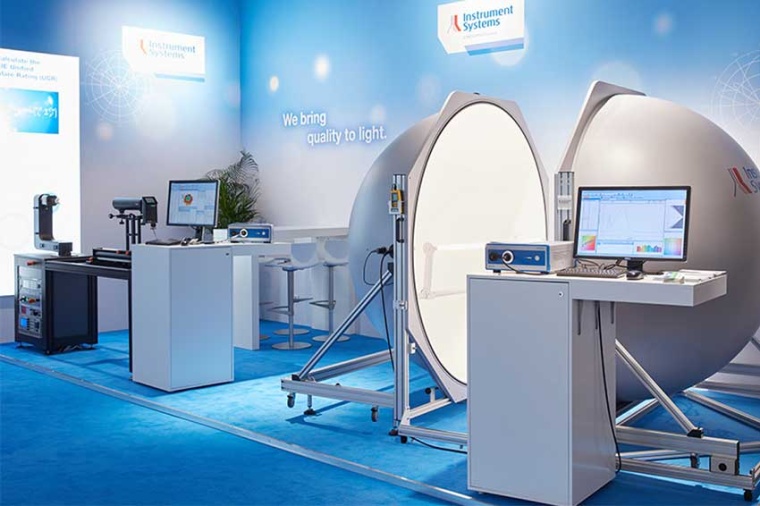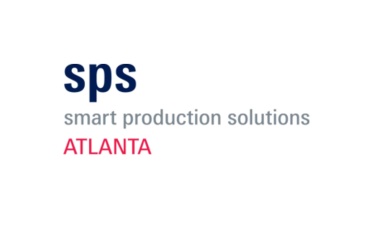New CIE report on spectroradiometry
Under the scientific direction of Instrument Systems, the Technical Committee TC2-80 of the CIE has prepared a new technical report on the spectroradiometric measurement of optical radiation sources.
The document, published as CIE 250:2022, supersedes the almost 40-year-old report CIE 063-1984. Practically oriented, it explains the basic measurement principles and provides practical instructions for the measurement of irradiance, radiation density, radiation intensity and radiant flux, including instrument calibration. In addition, the report describes in detail the physical effects relevant to spectroradiometric measurements, and in particular the estimation of measurement uncertainties. The measurement uncertainties occurring in every measurement quantitatively determine the accuracy of the calibration chain for traceable measured values.

The new technical CIE Report 250:2022 contains basic measurement principles and practical instructions for the spectroradiometry of optical radiation sources in the wavelength range 200 – 2500 nm. It is primarily concerned with the measurands irradiance, radiation density, radiation intensity and radiant flux, together with the quantities derived therefrom. In addition, it provides a detailed overview of the physical effects relevant to the estimation of measurement uncertainties. The report, prepared under the aegis of Dr Tobias Schneider, chief scientist at Instrument Systems, offers a comprehensive insight into the relevant terminology and the fundamentals of calibration of spectroradiometric measuring instruments. It is a practical guide to the identification, understanding and quantification of the relevant components of measurement uncertainty.
As a leading manufacturer of light measurement technology, Instrument Systems has always attached particular importance to the metrological traceability of measurement results, and offers calibrated instruments with high absolute measurement accuracy. Traceable measurement results are usually stated in SI units. The SI units are disseminated by calibration of the measuring instruments based on a chain of measurements. If this measurement chain can be unequivocally traced to a primary representation of SI units, this is referred to as the metrological traceability of a measurement. The measurement uncertainties occurring in every measurement constitute a quantitative description of the accuracy of the calibration chain and are crucial for metrological traceability. A traceable value is thus referenced to a recognized standard through an unbroken chain of comparative measurements with known measurement uncertainty. Therfore the term NIST or PTB traceability.
At Light+Building in Frankfurt from 2 – 6 October 2022, visitors to the Instrument Systems booth will learn more about high-precision and traceably calibrated light measurement systems (Hall 8.0 H38). Technical Report CIE 250:2022 can be purchased in the CIE online shop.
Further reading: Polarization-controlled VCSEL characterization, WileyIndustryNews.com, 12 April 2022 • Frank Münchow and Karthik Iyer (Instrument Systems): Polarization-controlled VCSEL characterization – Novel one-shot method enables the full performance efficiency of the VCSELs to be exploited while assuring safe operation, PhotonicsViews 19(2), April/May 2022, pp. 32–36, in print; DOI: 10.1002/phvs.202200014











